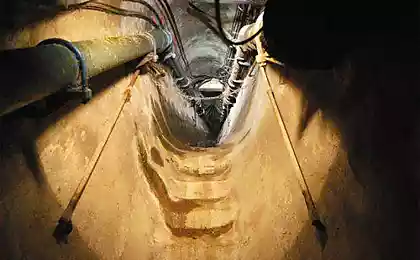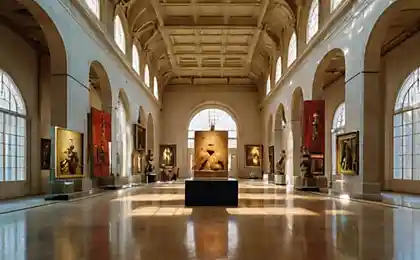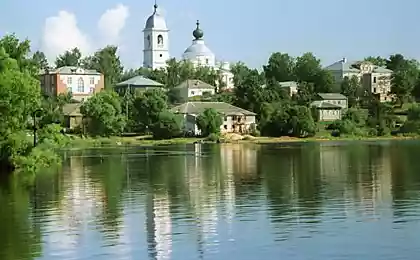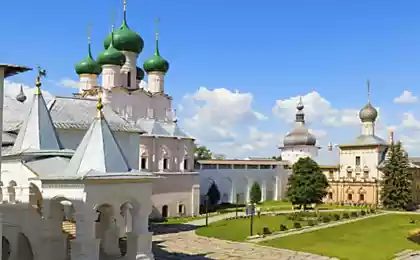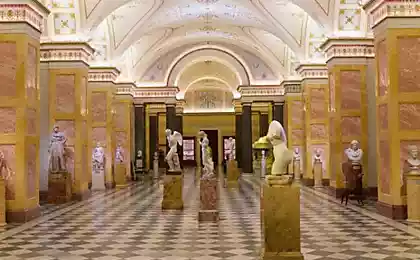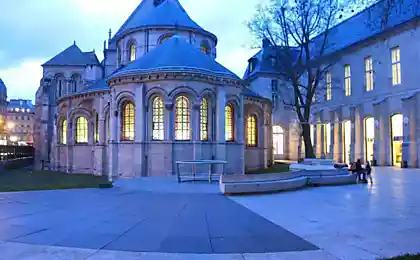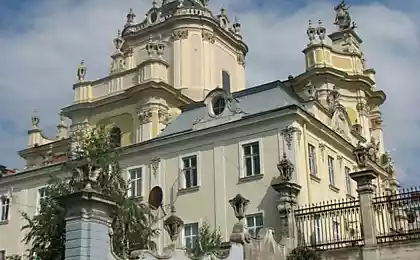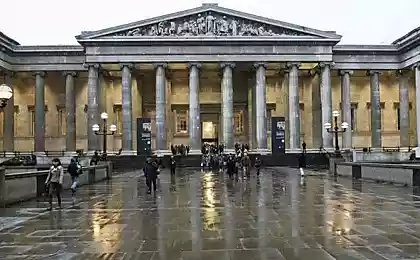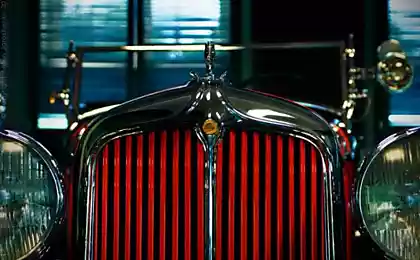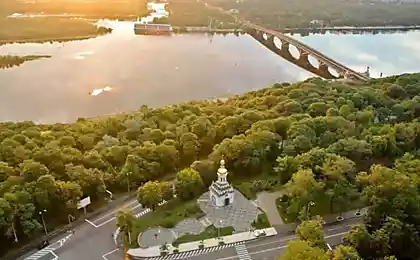937
Museum of hydropower in Uglich
After inspecting the Uglich HPP have an active blogger under the name russos was scheduled to visit the museum hydropower.
Then the words of the author:
At first, I did not expect anything. Well, the museum, as a museum. In a distant town, and I suppose made for show. But as I have not been wrong in their assumptions. I now put the museum in a row to the obligatory visit to the beautiful museums such as the Museum of Technology Vadim Zadorozhnogo or the Museum of water.
In general, all of the most interesting museums usually have three disadvantages in different proportions:
1. FIG to get. It is located in a closed area and the entrance is only for their own. Example - Museum Ilyushin Design Bureau.
2. This only works on weekdays only from 10 to 17. For example, the same museum and underground water.
3. Is the devil knows where. For example, long-range aviation museum in Engels (there is also a figure you will get, it seems)
This museum does not have the first problem, and he was almost relieved by the second (open daily except Mon, 9 to 18). The third problem is still valid, but Uglich is not so far away, and the museum is that there would be reached.
28 ph
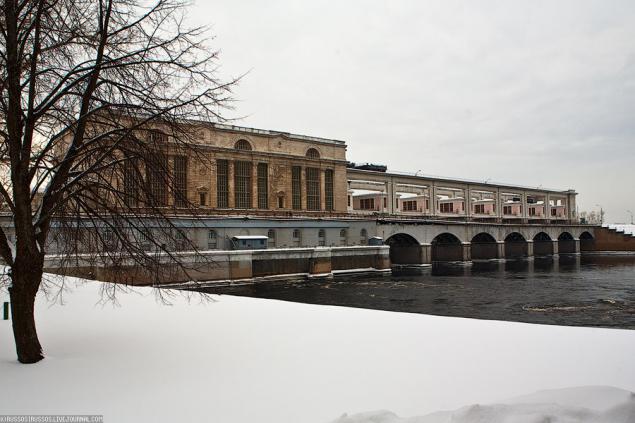
July 21, 2007 in the town of Uglich on the oldest hydro Volga-Kama cascade - Uglich hydroelectric power station - the grand opening of the Museum of Russian hydropower. The museum complex is located in a two-storey administration building Uglich hydroelectric power. A unique exhibition of the museum required a complete renovation and refurbishment of the building (in the former administration building Volgolaga), which were conducted during the year and a half.
As I understand it, until last year the museum was also closed, and only now he can please all those wishing.
Museum of Hydropower Russia - is a modern interactive information center about the history of hydropower development in the USSR and Russia, prominent people profession, generation and transmission of electricity, construction and device HPP, as well as the water resources of the earth, which are presented on cards and LCD monitors.
In general, I was shocked by how much can be done by first-class museum. Where all can see, touch and rotate. Where a lot of work invested in interactive diagrams, plans and other visual material. A great number of photographs and historical documents.
Among the original exhibits - a working model of the Saratov hydroelectric power station; original items from the office of the construction of the Uglich hydroelectric power station; exercise bike, which converts mechanical power into electrical current and counting the generated electricity. It also models the very first plan of electrification - the Volkhov hydroelectric station, and the biggest in Russia - Sayano-Shushenskaya.
The museum presents and exposition dedicated to political prisoners, whose labor was used in the creation of the first hydroelectric power station. Presents everyday objects and tools used by the convicts, put the card at the location of the camps for prisoners Volgolaga documents. Not only can you see the pictures of political prisoners, but also to listen to their memories of their stay in Volgolage from an old receiver. In the center of the exhibition - the layout of the camp for prisoners.
As a souvenir special device gives visitors the museum gift card with the following text: "Hydraulic energy saving fuel resources, which are limited resources, it does not pollute the environment with harmful emissions. Cost of electricity generated by hydroelectric power stations, lower than with other types of power plants ».
Once again, that this museum it is necessary to look. On it you can wander around all day, pointing to different screens and watching all kinds of diagrams, graphs and photos. Looking at the exhibits and much more interesting.
On the street site is now set dismantled rotor Uglich plant. There will also be the equipment that was in the engine room of the station (Column control unit excitement and something else)
2. Hall № 1. General information on hydropower.
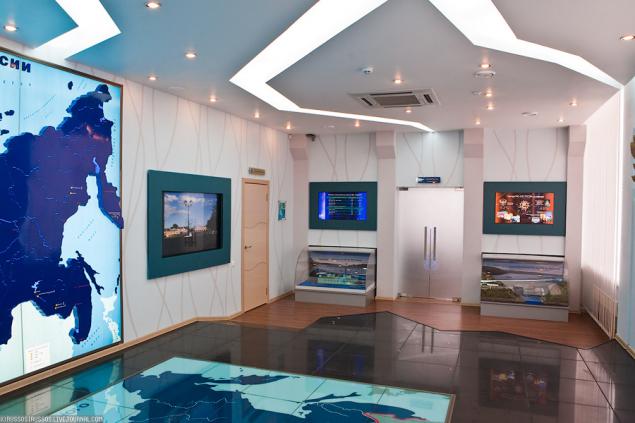
3. And on the establishment of electricity in our country.

4. Layout lanterns that once installed on the Nevsky Prospect in 1883.
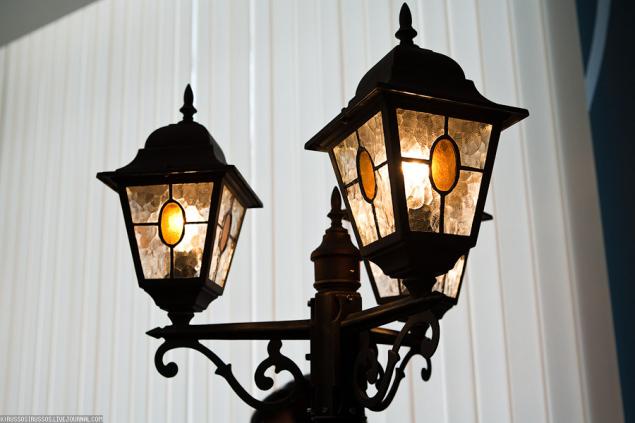
5. Layout Volkhov hydroelectric station.
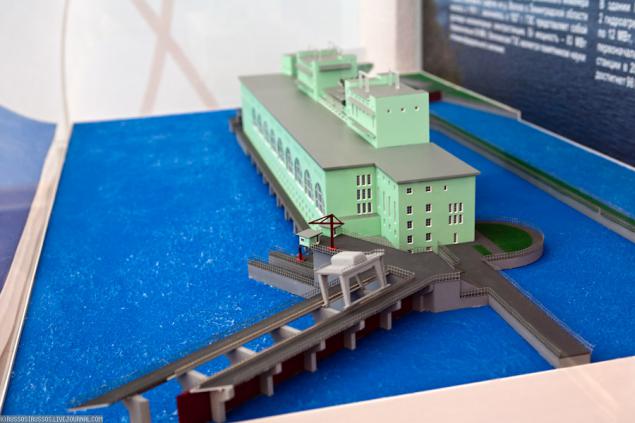
6. Interactive Map.
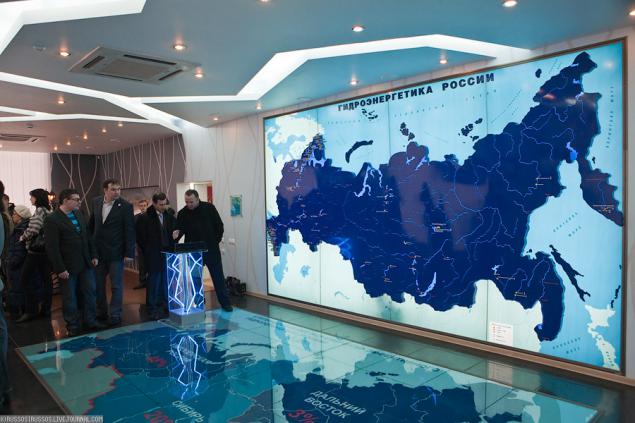
7. On these screens, you can learn about the different kinds of energy.
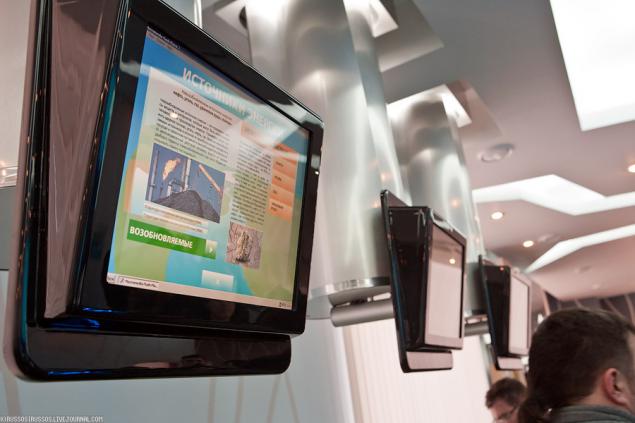
8. Memorial Hall. In the 30s-50s of the last century hundreds of thousands of Gulag prisoners were involved in the construction of hydropower facilities. The photograph any order to shoot prisoners.
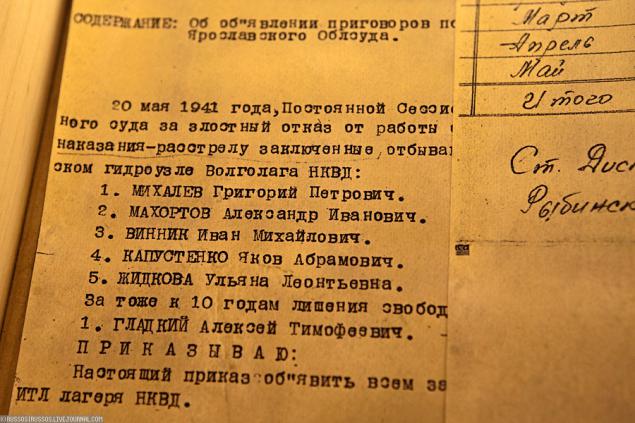
9. One more shot.
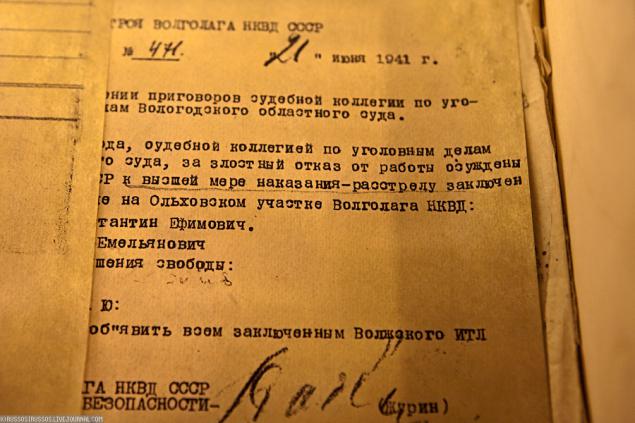
10. Just some order.
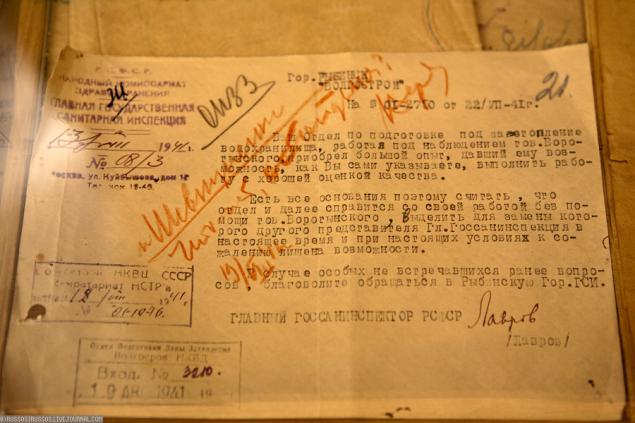
11. Plan.
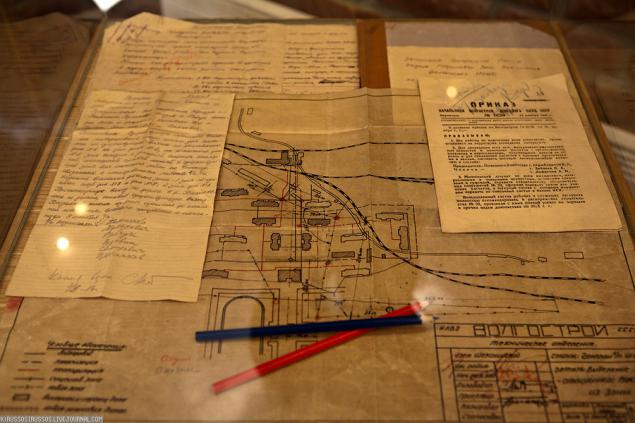
12. This 3D photos in a special room with the 3D photos. At the entrance you will be given a red-green glasses and a small audio guide. Photograph 3d picture silly, but I was struck by the aesthetic beauty of the turbine hall and round tops gizmos hydraulic units. Unfortunately, the name I do not remember HPP.
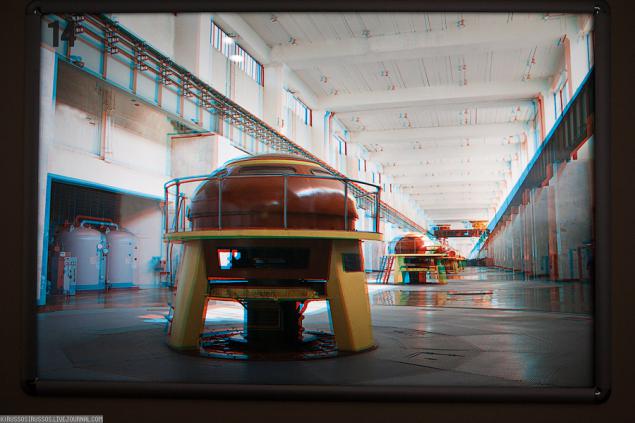
13.
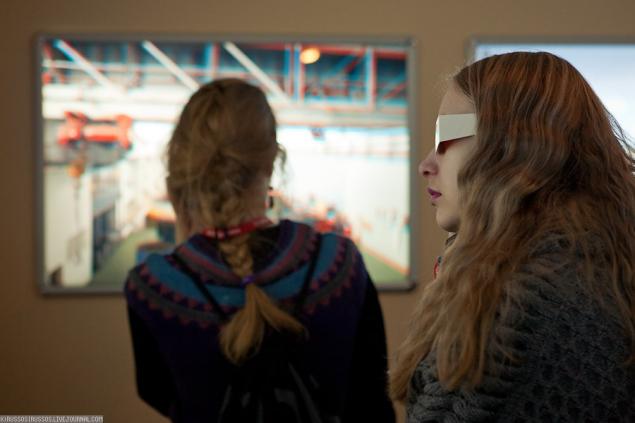
14. Some of the photos in 3D looks very well, and some quite fittingly.
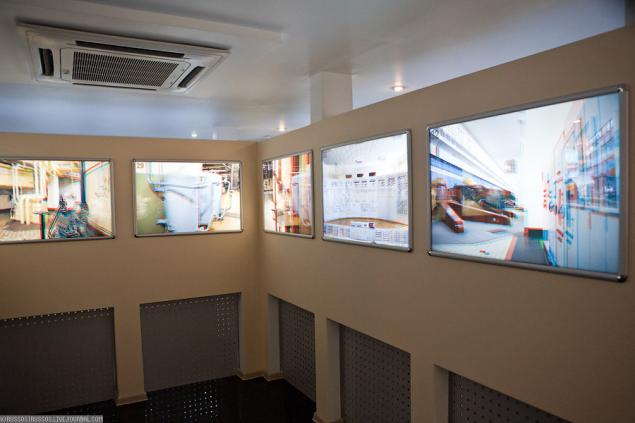
15. This hall is about technical solutions, hardware and all kinds of machinery. You can learn about the unique and hydroelectric dams.
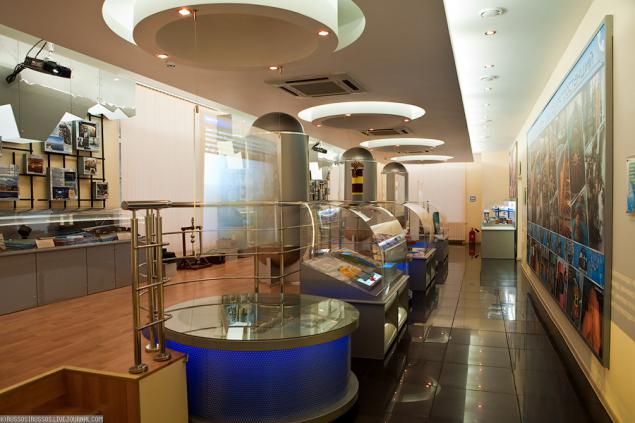
16. This Volzhsky Cascade.
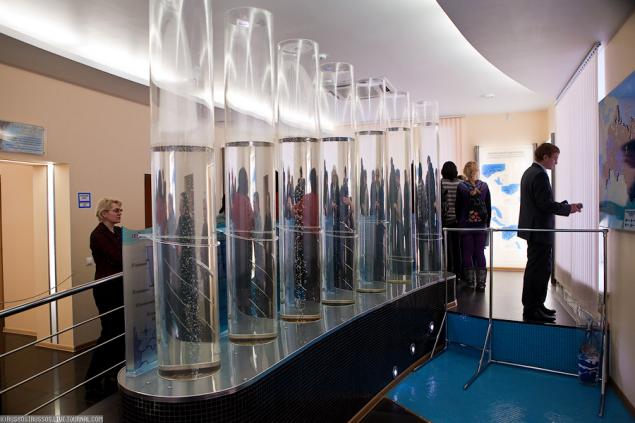
17. The overcurrent relay and any devices.
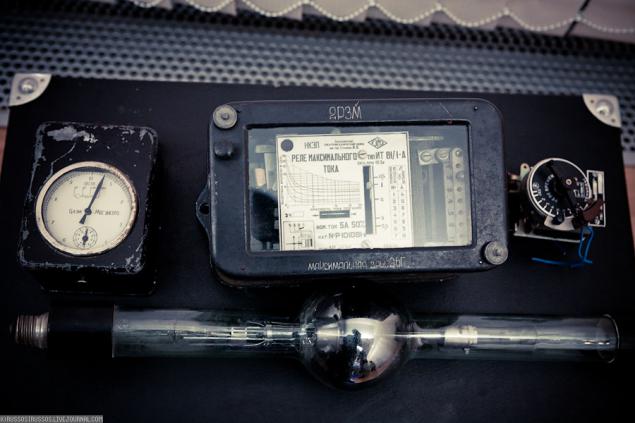
18. examine the layout of the Saratov (if I do not get them mixed up) HPP. Moreover, the current layout, it shows a particular change bucket wheel on it.
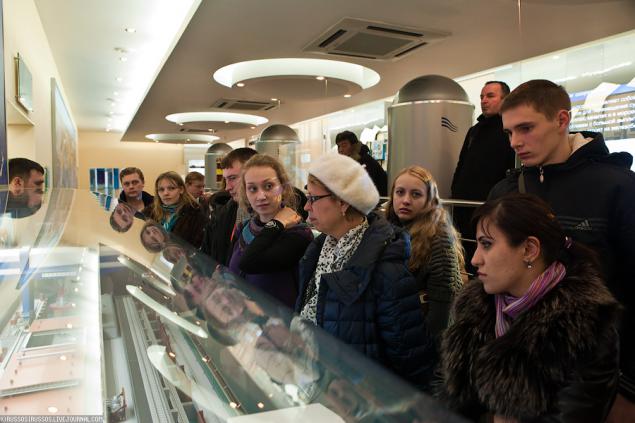
19. And here is the rotor Uglich plant.
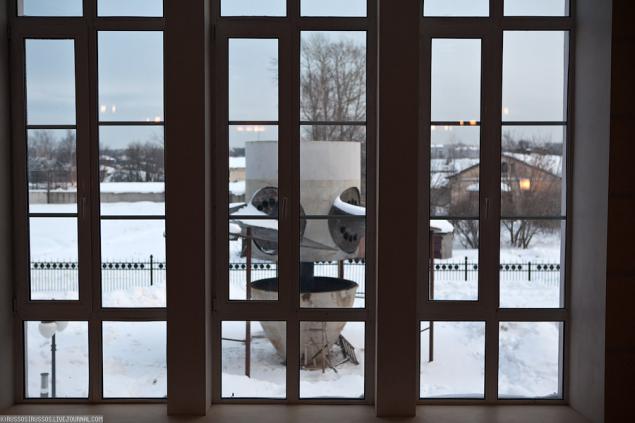
20. Modern Family. The idea is simple, but the effect is stunning. Dropping a coin 1, 2, or five rubles, a family can be supplied with current, see how many kilowatt-hours it will spend, and get on the memory card "Conditional kilowatts."
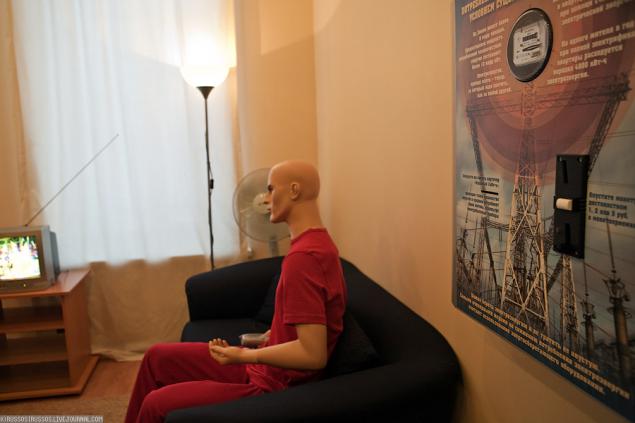
21. Hall shows how electric power is transferred from the station to the consumer.
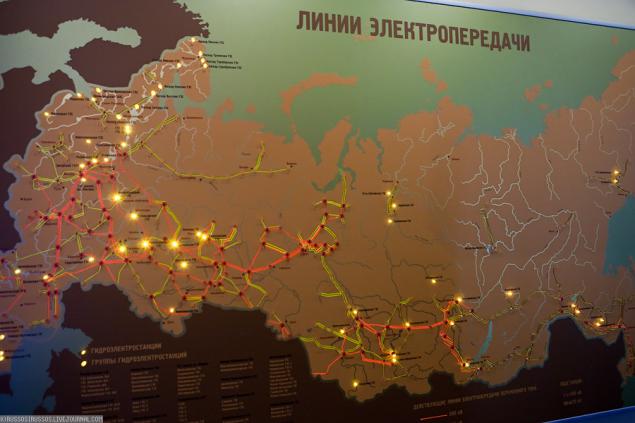
22. The layout of the gateway. Unfortunately, the repair.
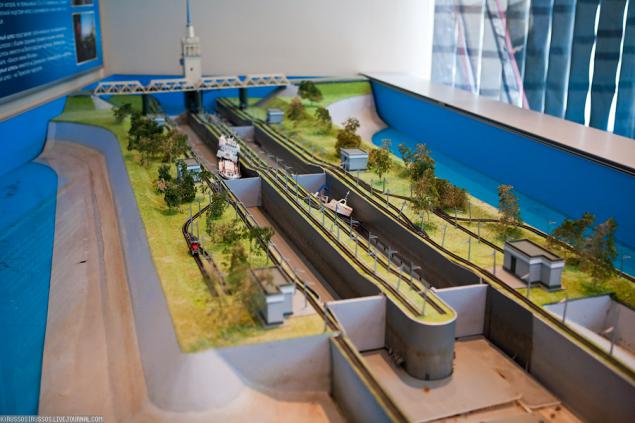
23. Ship feels a little bad.
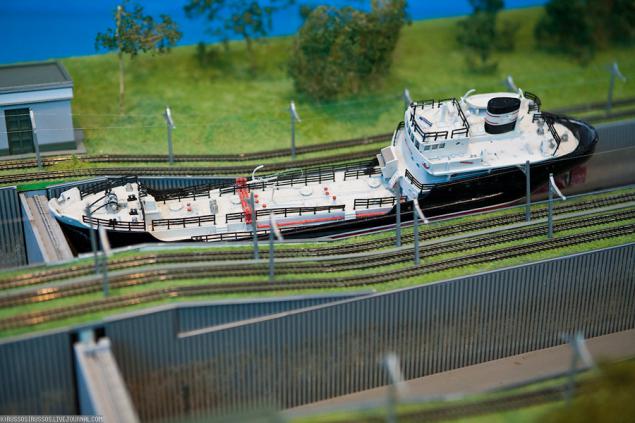
24. Rybinsk hydroelectric
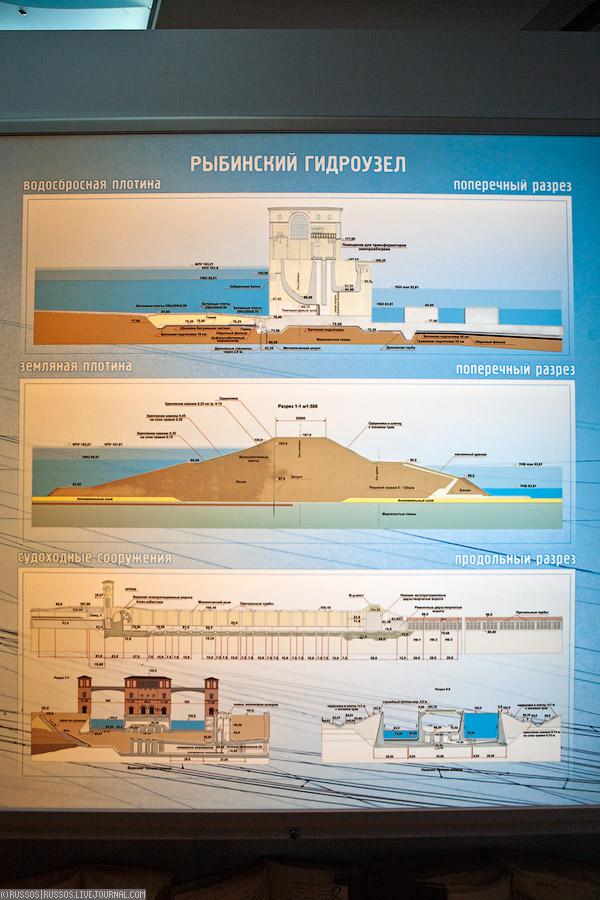
25. Uglich hydro.
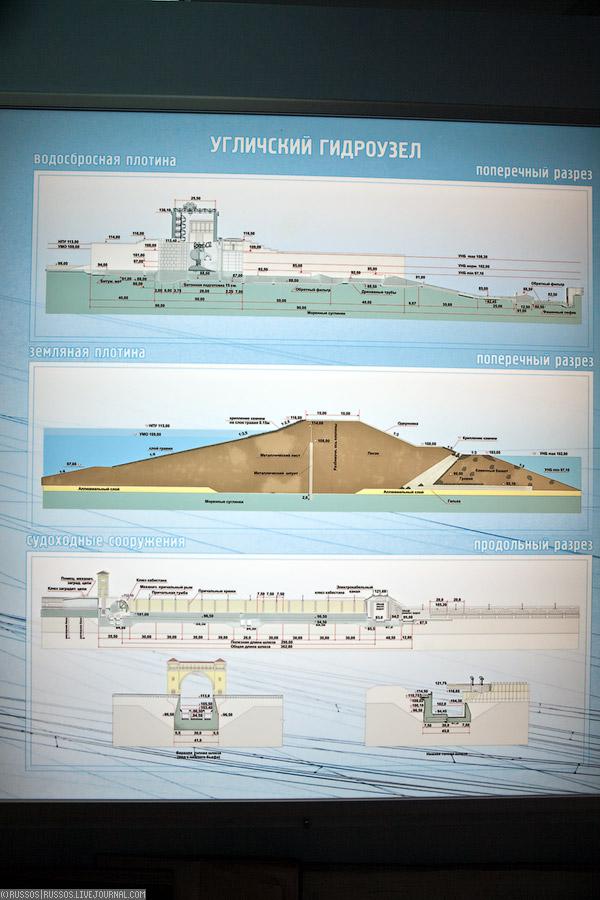
26. But the train trestle in the computer room Uglich plant.
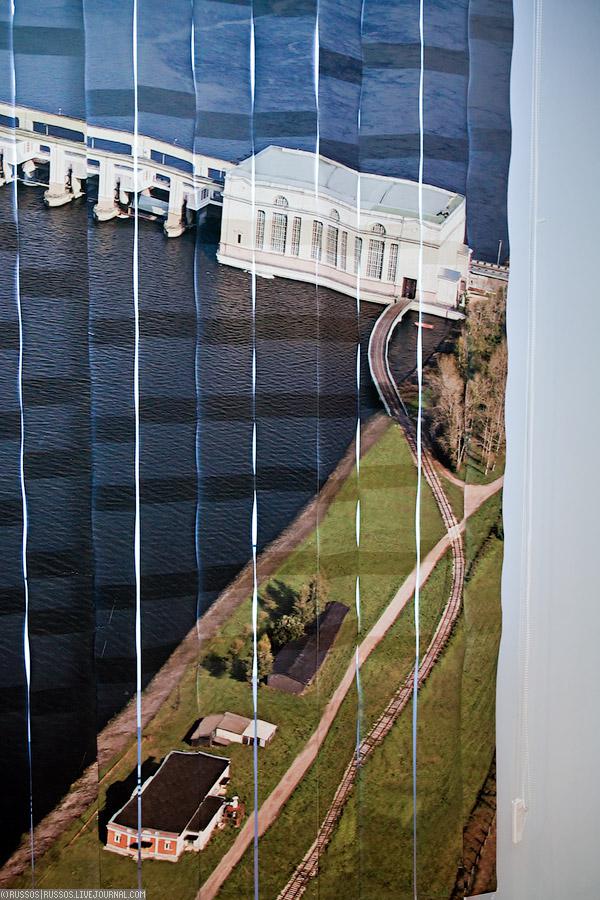
27. Various historical footage. The scale of construction for the time staggering. Summer I plan to visit the construction of the Boguchanskaya HPP and bring back great and great photo report. I think that's where I will be shocked by no less.
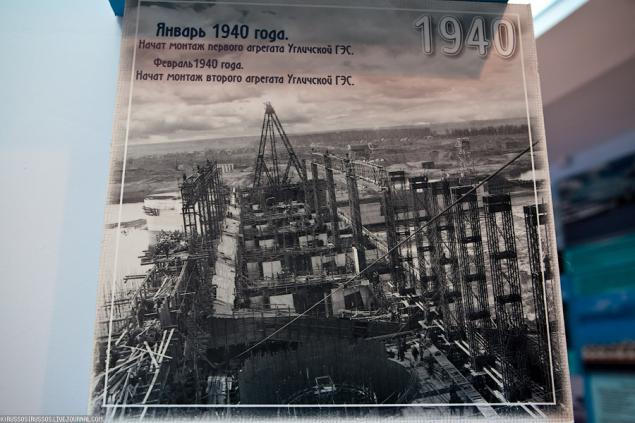
28. And here is the rotor. And that's a little curl!
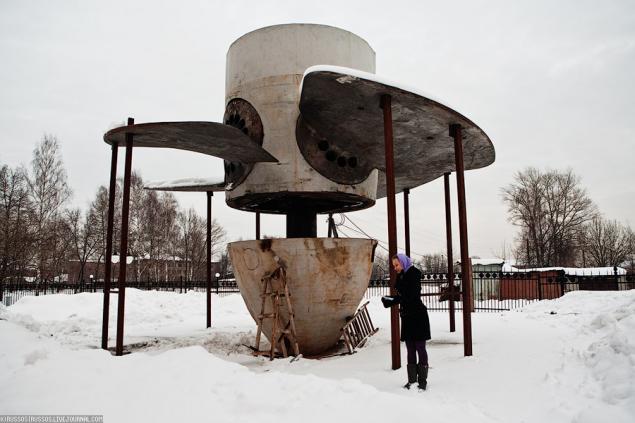
Source:
Then the words of the author:
At first, I did not expect anything. Well, the museum, as a museum. In a distant town, and I suppose made for show. But as I have not been wrong in their assumptions. I now put the museum in a row to the obligatory visit to the beautiful museums such as the Museum of Technology Vadim Zadorozhnogo or the Museum of water.
In general, all of the most interesting museums usually have three disadvantages in different proportions:
1. FIG to get. It is located in a closed area and the entrance is only for their own. Example - Museum Ilyushin Design Bureau.
2. This only works on weekdays only from 10 to 17. For example, the same museum and underground water.
3. Is the devil knows where. For example, long-range aviation museum in Engels (there is also a figure you will get, it seems)
This museum does not have the first problem, and he was almost relieved by the second (open daily except Mon, 9 to 18). The third problem is still valid, but Uglich is not so far away, and the museum is that there would be reached.
28 ph

July 21, 2007 in the town of Uglich on the oldest hydro Volga-Kama cascade - Uglich hydroelectric power station - the grand opening of the Museum of Russian hydropower. The museum complex is located in a two-storey administration building Uglich hydroelectric power. A unique exhibition of the museum required a complete renovation and refurbishment of the building (in the former administration building Volgolaga), which were conducted during the year and a half.
As I understand it, until last year the museum was also closed, and only now he can please all those wishing.
Museum of Hydropower Russia - is a modern interactive information center about the history of hydropower development in the USSR and Russia, prominent people profession, generation and transmission of electricity, construction and device HPP, as well as the water resources of the earth, which are presented on cards and LCD monitors.
In general, I was shocked by how much can be done by first-class museum. Where all can see, touch and rotate. Where a lot of work invested in interactive diagrams, plans and other visual material. A great number of photographs and historical documents.
Among the original exhibits - a working model of the Saratov hydroelectric power station; original items from the office of the construction of the Uglich hydroelectric power station; exercise bike, which converts mechanical power into electrical current and counting the generated electricity. It also models the very first plan of electrification - the Volkhov hydroelectric station, and the biggest in Russia - Sayano-Shushenskaya.
The museum presents and exposition dedicated to political prisoners, whose labor was used in the creation of the first hydroelectric power station. Presents everyday objects and tools used by the convicts, put the card at the location of the camps for prisoners Volgolaga documents. Not only can you see the pictures of political prisoners, but also to listen to their memories of their stay in Volgolage from an old receiver. In the center of the exhibition - the layout of the camp for prisoners.
As a souvenir special device gives visitors the museum gift card with the following text: "Hydraulic energy saving fuel resources, which are limited resources, it does not pollute the environment with harmful emissions. Cost of electricity generated by hydroelectric power stations, lower than with other types of power plants ».
Once again, that this museum it is necessary to look. On it you can wander around all day, pointing to different screens and watching all kinds of diagrams, graphs and photos. Looking at the exhibits and much more interesting.
On the street site is now set dismantled rotor Uglich plant. There will also be the equipment that was in the engine room of the station (Column control unit excitement and something else)
2. Hall № 1. General information on hydropower.

3. And on the establishment of electricity in our country.

4. Layout lanterns that once installed on the Nevsky Prospect in 1883.

5. Layout Volkhov hydroelectric station.

6. Interactive Map.

7. On these screens, you can learn about the different kinds of energy.

8. Memorial Hall. In the 30s-50s of the last century hundreds of thousands of Gulag prisoners were involved in the construction of hydropower facilities. The photograph any order to shoot prisoners.

9. One more shot.

10. Just some order.

11. Plan.

12. This 3D photos in a special room with the 3D photos. At the entrance you will be given a red-green glasses and a small audio guide. Photograph 3d picture silly, but I was struck by the aesthetic beauty of the turbine hall and round tops gizmos hydraulic units. Unfortunately, the name I do not remember HPP.

13.

14. Some of the photos in 3D looks very well, and some quite fittingly.

15. This hall is about technical solutions, hardware and all kinds of machinery. You can learn about the unique and hydroelectric dams.

16. This Volzhsky Cascade.

17. The overcurrent relay and any devices.

18. examine the layout of the Saratov (if I do not get them mixed up) HPP. Moreover, the current layout, it shows a particular change bucket wheel on it.

19. And here is the rotor Uglich plant.

20. Modern Family. The idea is simple, but the effect is stunning. Dropping a coin 1, 2, or five rubles, a family can be supplied with current, see how many kilowatt-hours it will spend, and get on the memory card "Conditional kilowatts."

21. Hall shows how electric power is transferred from the station to the consumer.

22. The layout of the gateway. Unfortunately, the repair.

23. Ship feels a little bad.

24. Rybinsk hydroelectric

25. Uglich hydro.

26. But the train trestle in the computer room Uglich plant.

27. Various historical footage. The scale of construction for the time staggering. Summer I plan to visit the construction of the Boguchanskaya HPP and bring back great and great photo report. I think that's where I will be shocked by no less.

28. And here is the rotor. And that's a little curl!

Source:


